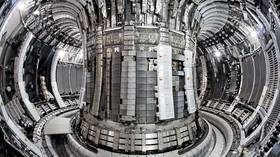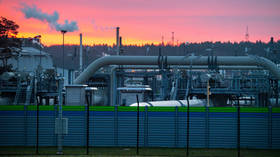Scientists take ‘huge step’ towards harnessing power of stars

Oxford-based scientists announced on Wednesday that they have hit a “major milestone” in the quest to make nuclear fusion a viable and low-carbon energy source.
The researchers at the Joint European Torus (JET) managed to set a new record for the amount of energy produced in a sustained fusion reaction, generating the equivalent of around 14kg of TNT, double the previous record set in 1997.
The “huge step” comes after two decades of tests and research at the Culham Centre for Fusion Energy, marking progress in the mission of harnessing the power of the stars.
“These landmark results have taken us a huge step closer to conquering one of the biggest scientific and engineering challenges of them all,” Professor Ian Chapman, the chief executive of the UK Atomic Energy Authority, said.
Addressing the potential this new source of energy could have, Chapman added that “it’s clear we must make significant changes to address the effects of climate change, and fusion offers so much potential.”
The doughnut-shaped JET contains highly ionised gases which are heated to a temperature ten times hotter than the center of the sun, allowing atomic nuclei to fuse together and release energy.
While the researchers only created a five-second burst of fusion, Tony Donne, EUROfusion programme manager, stated that “If we can maintain fusion for five seconds, we can do it for five minutes and then five hours as we scale up our operations in future machines” – which is what would be needed for a power plant.
The information will help shape a large fusion project that is being constructed in the south of France, with the Iter facility set to start burning deuterium-tritium fuel in 2035. If that site works effectively, the next step would be to build a demonstration power plant in Europe which could be linked to the electricity grid.













